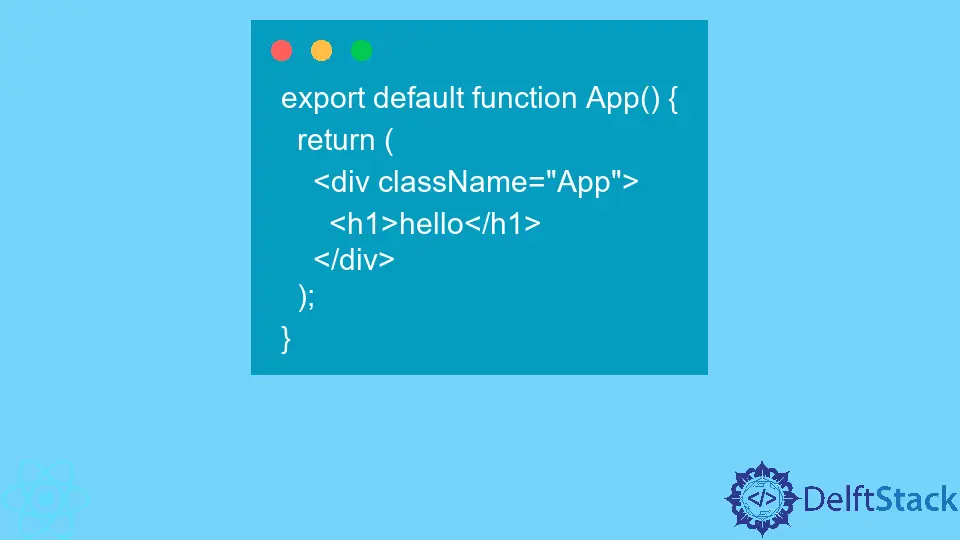React vs React Native - Similarities and Differences

React is a popular front-end library for creating visually appealing UIs. It is created and maintained by Facebook.
Initially, it was intended solely for developing web applications. Soon after the initial release, developers realized React could create smartphone apps.
That’s how React Native came to be.
The regular ReactJS and React Native are now two separate libraries. They are similar in a lot of ways but also different.
Developers are often curious about the differences and want to know if they can use their React Native code for web applications and vice versa. This article wants to clear some common misconceptions about React and React Native.
ReactJS vs React Native
React developers are often curious whether or not they can use their regular JavaScript code to build similar interfaces in React Native. The short answer is no.
However, many of the underlying principles and ideas behind the two React libraries are the same. By the time you’ve made it to the end of this article, you should understand the similarities and differences.
What Is ReactJS
Facebook first developed the ReactJS library because the technology giant needed a JavaScript solution to manage DOM changes better.
Specifically, the developers at Facebook wanted a way to automatically update the view whenever the user received a new notification or a new friend request.
Refreshing the page to see the changes would not be practical. Instead, the team at Facebook came up with React, which featured a virtual DOM model, and only updated the parts of the page that changed, not the full page.
It increased the speed of the page and allowed the users to receive updates almost instantly.
The efficiency and flexibility of the framework made it quickly gain popularity among web developers.
Soon, people realized the same underlying principles behind ReactJS could be used to build smartphone and tablet applications.
Here’s an example of the most basic app built in ReactJS. It consists of just one functional component.
export default function App() {
return (
<div className="App">
<h1>hello</h1>
</div>
);
}
You can add state functionality using the useState() hook, manage side effects using the useEffect() hook, and implement a more complex structure on codesandbox.
What Is React Native
As previously mentioned, React The regular ReactJS library inspired native library, and the two are founded on the same principles.
React Native library allows JavaScript developers to build native apps without Java or Objective-C languages knowledge.
This library allows you to write JavaScript code, ultimately compiled into platform-specific code. The final result will be indistinguishable from applications built purely in native code.
The framework also gives you the freedom to mix the native code.
The mobile applications built with React Native can be published on app stores for iOS and Android users to download.
Similarities Between ReactJS and React Native
The two libraries have lots of features in common. First off, ReactJS and React Native are both maintained by Facebook.
The two also aim to facilitate the development process by encouraging the reusability of the components.
Also, they both use JSX, which is syntactic sugar for declaratively building complex UIs. The JSX code is ultimately compiled into calls to the React.createElement method for both libraries.
Differences Between ReactJS and React Native
The biggest difference is that React library works with DOM, which is only available in browsers, not smartphone applications. Also, JSX in React will ultimately compile to an HTML structure, with <h1> and <div> elements.
The code written in React Native, on the other hand, is a stand-in for native app view components, such as <View>, <Image>, and others. It’s one of the biggest reasons why regular ReactJS code is not reusable in React Native.
Coming up with the business logic of an application is a labor-intensive process. The good news is, React developers can re-use their business logic and implement it in the React Native applications.
Irakli is a writer who loves computers and helping people solve their technical problems. He lives in Georgia and enjoys spending time with animals.
LinkedIn